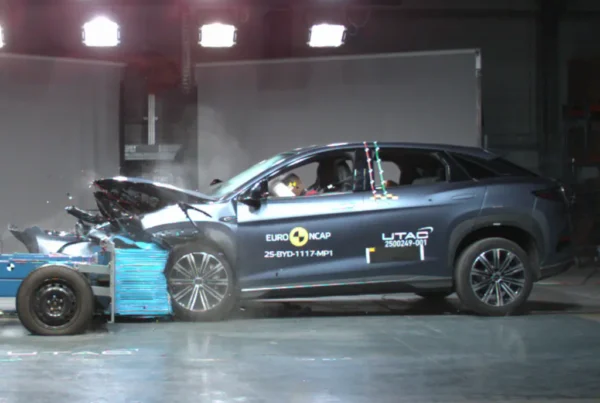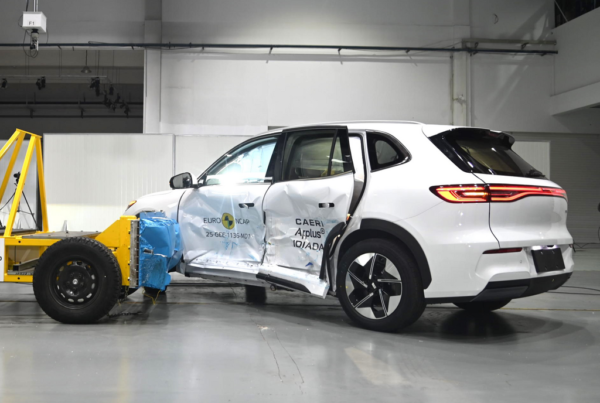As alcohol related road accidents continue to occur, a new form of alcohol detection device has been developed to assess a driver’s state of sobriety.
The passive alcohol sensor draws in the driver’s exhaled breath, with infrared light beams measuring the amount of carbon dioxide and alcohol molecules.
Drinking alcohol can affect drivers in several ways such as:
- Slowing down the reaction time
- Dulling the thinking process making it difficult to multi-task – an essential skill necessary for safe driving.
- Reducing attention span – not noticing other drivers and/or vehicles.
- Causing blurred vision and reduced hearing – reducing your ability to drive safely and identify driving hazards.
If the sensors detect the presence of alcohol on the driver’s breath, the car will not start, putting a stop to drink driving. The technology is predicted to soon be available to fleets after it has gone through the appropriate testing and deemed safe and reliable.
The bright orange sensors can detect the presence of alcohol almost instantaneously, even distinguishing between drivers and passengers.
‘It’s also unobtrusive, it’s contactless and it’s got very important hygienic benefits as well,’ Victorian Road Safety Minister, Ben Carroll said while discussing the likelihood of the sensors becoming a common feature in Australian cars over the coming years.
This technology provides a unique opportunity for organisations with fleets as it can guarantee the safety of drivers, preventing reckless behaviour that would otherwise be very difficult to closely monitor. With this new sensor placed within vehicles, there would be an absolute assurance that drivers are not under the influence and can perform correctly.



















